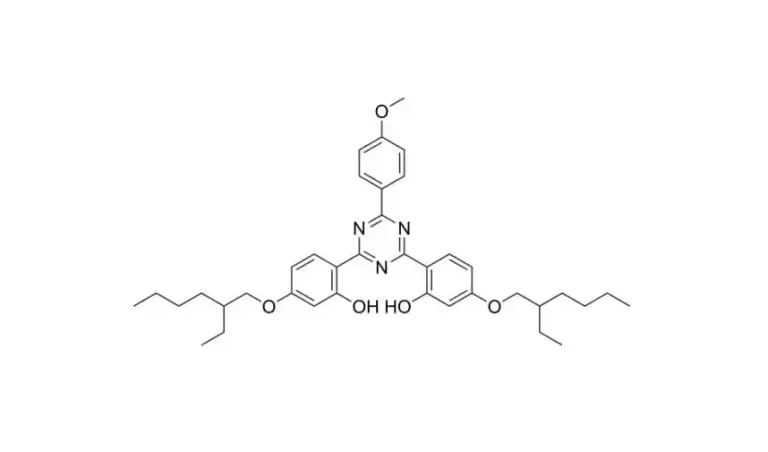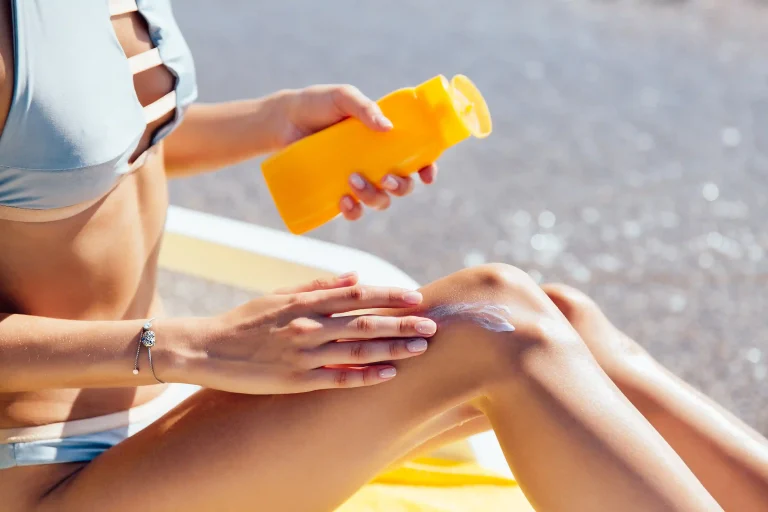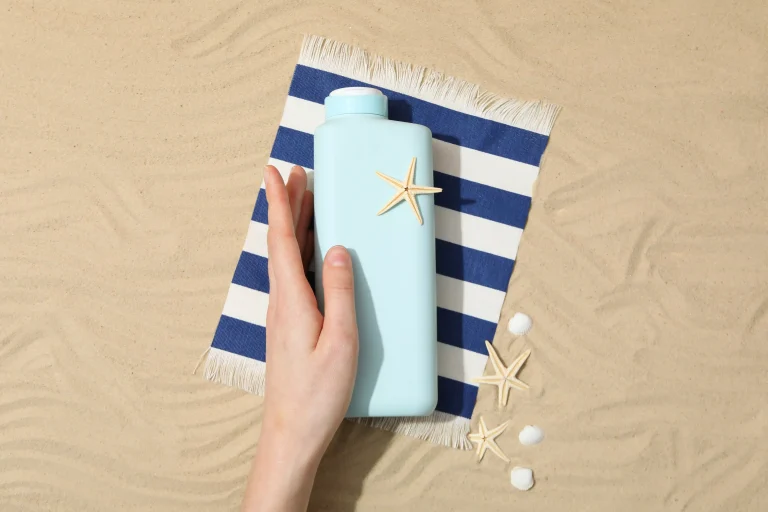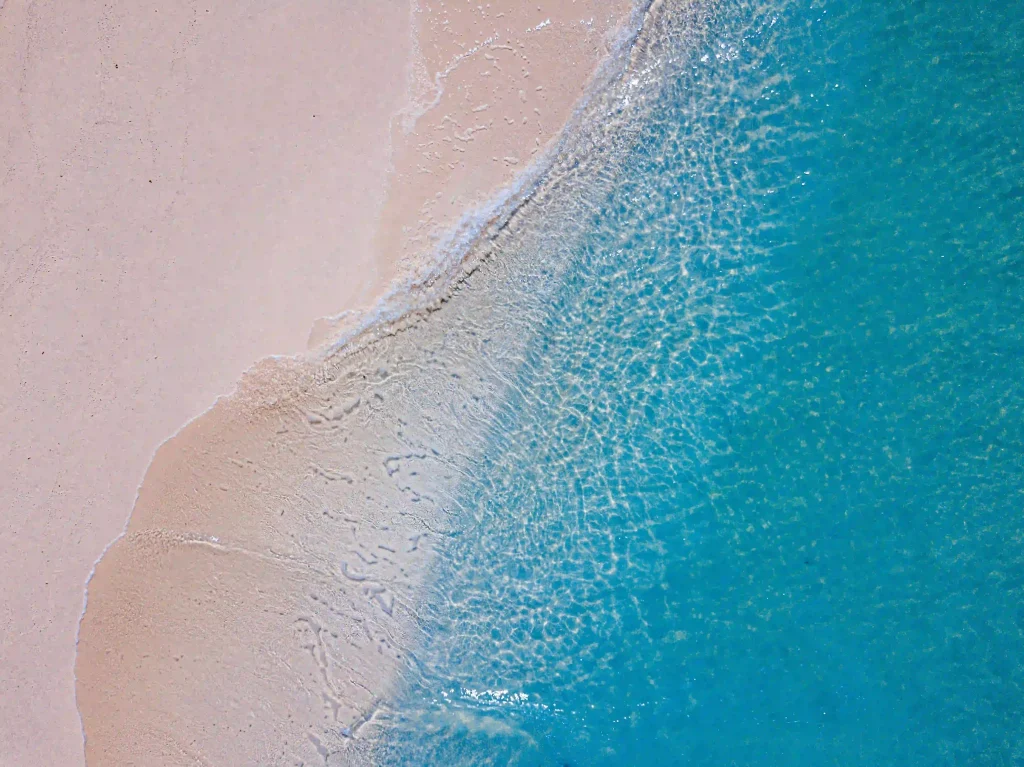
L'écran solaire est une partie vitale des soins de la peau. Dioxyde de titane et Bemotrizinol briller pour leur efficacité et leur Nouveauté. Bemotrizinol, un filtre chimique artificiel, dépasse vraiment les options minérales comme Dioxyde de titane pour certains types de Peau?
Comprendre les ingrédients de la crème solaire
Qu'est-ce que le dioxyde de titane?
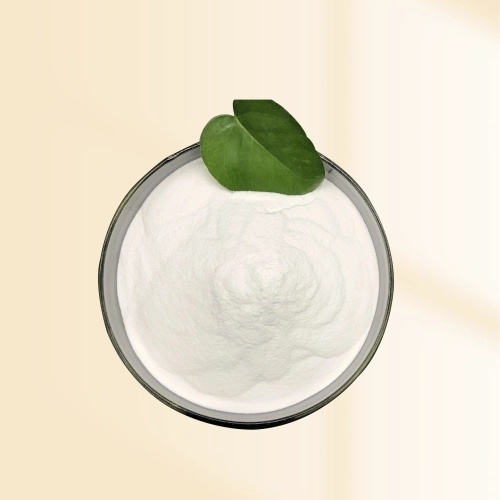
Dioxyde de titane est un filtre UV minéral.
- Caractéristiques clés:
- Doux, parfait pour la peau sensible.
- Donne un aspect naturel et nuageux, souvent vu dans des écrans solaires teintés.
- Stable sous la lumière du soleil, assurant une défense fiable.
Qu'est-ce que le bemotrizinol?

Bemotrizinol, un filtre UV synthétique, absorbe les rayons UVA et UVB.
- Caractéristiques clés:
- La grande taille moléculaire arrête l'absorption cutanée, augmentant la sécurité.
- Mélange doucement dans les mélanges, en évitant les résidus crayeux.
- Soulève la résistance au SPF lorsqu'elle est associée à d'autres filtres.
Comment protègent-ils votre peau?
Les deux Dioxyde de titane et Bemotrizinol Excel à LA défense Uv. Dioxyde de titane Fonctionne comme une barrière. Bemotrizinol prend l'énergie UV.
Comparaison du bemotrizinol et du dioxyde de titane pour des types de peau spécifiques
Dioxyde de titane pour la peau sensible
Pour les personnes à peau délicate ou réactive, Dioxyde de titane est souvent le meilleur choix.
- Avantages:
- Non-collat, abaissant les chances de pores bloqués.
- Soule les rougeurs, agissant comme une aide apaisante.
- Largement trouvé dans formulations de crème solaire minéral.
- Inconvénients:
- Peut laisser une marque pâle, en particulier sur les tons plus sombres.
- Une texture dense peut être lourde pour la peau grasse.
Bemotrizinol pour la peau grasse et combinée
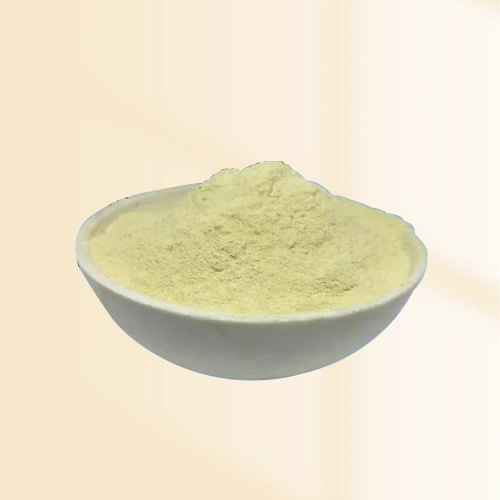
Bemotrizinol fonctionne bien pour les types de peau grasse Et mixte.
- Avantages:
- S'enfonce rapidement, laissant une finition non ras.
- Fonctionne avec des écrans solaires élevés sans grasse.
- Vérifier Produits à base de bemotrizinolpour une utilisation quotidienne facile.
- Inconvénients:
- Le maquillage artificiel peut inquiéter les fans de beauté naturelle.
- Moins utile en tant qu'agent apaisant par rapport aux minéraux.
Convient pour les tons de peau plus foncés
La peau plus foncée lutte souvent avec des écrans solaires minéraux. Dioxyde de titane, même sous des formes plus grandes, peut avoir l'air grisâtre à moins que bien mélangé. BFP-T10AHL aborder ce problème. Bemotrizinol Mélange invisiblement.
Performance et pratique
Efficacité dans la protection UV
| Aspect | Dioxyde de titane | Bemotrizinol |
| Couverture UV | Large (UVA / UVB) | Large (UVA / UVB) |
| Fléauté | Très stable | Très stable |
| Contribution SPF | Équitable; | Fort; |
| Résistance à l'eau | Décent, mais peut avoir besoin de réappliquer | Super dans les mélanges imperméables |
Les deux ingrédients offrent une protection solide. Bemotrizinol a besoin de moins pour ATTEINDRE Un SPF élevé.
Texture et application
- Dioxyde de titane: Se sent plus épais, surtout en grande quantité.
- Bemotrizinol: Se sent presque en apesanteur.
Considérations environnementales et de sécurité
Dioxyde de titane est loué pour son profil vert. Bemotrizinol est sûr pour les Gens.
Le bémotrizinol peut-il remplacer le dioxyde de titane?
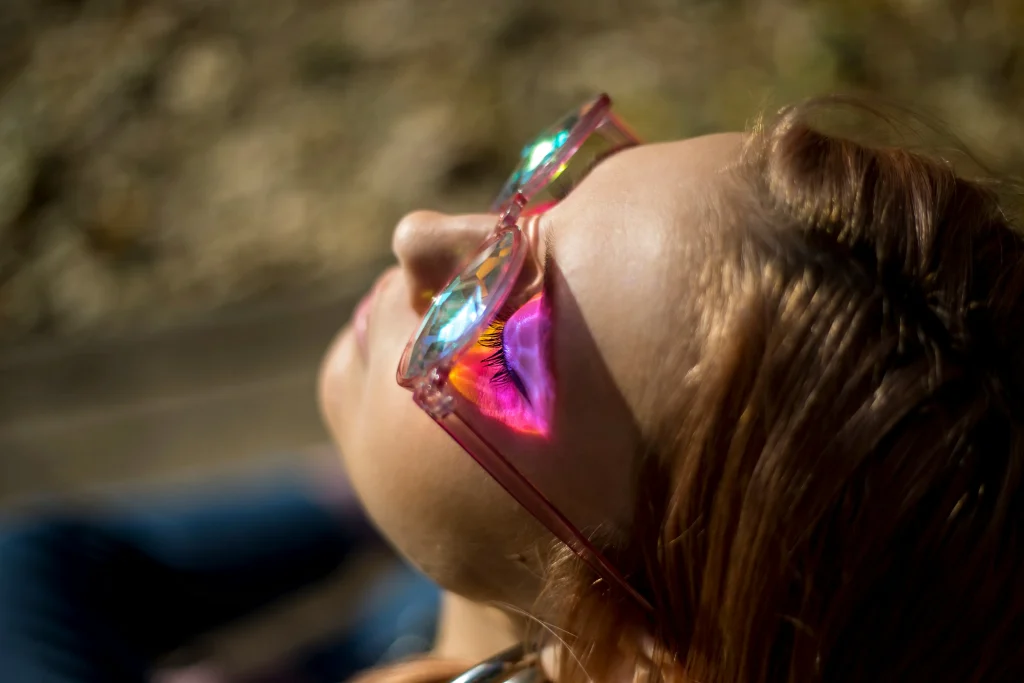
Avantages synthétiques du bemotrizinol
Bemotrizinol apporte des forces Claires. Dioxyde de titanel'avance:
- Regard poli: Son finition claire et non moucitée convient à toutes les nuances de peau.
- Mélanger la facilité: Il se marie bien avec d'autres filtres. mélanges DE filtre UV organique.
- Puissance durable: La grande structure de la lumière signifie que la protection est plus longue.
Lorsque le dioxyde de titane reste essentiel
Malgré Bemotrizinolles avantages, Dioxyde de titane reste vital pour certains:
- Peau délicate: Son bouclier physique est inégalé pour éviter l'irritation.
- Beauté naturelle: Les écrans solaires minéraux correspondent aux tendances de la peau verte.
- Effets apaisants: Il offre un soulagement des rougeurs légères, contrairement aux filtres chimiques.
Le verdict
Peut Bemotrizinol reprendre Dioxyde de titane? Dioxyde de titane est inégalé.
BFP: Votre fabricant de dioxyde de bemotrizinol et de titane de confiance
Qui est shbfpl?
Basé en Chine, BFP Pièdes pour fabriquer des FILTRES UV de haut niveau, comme Bemotrizinol et Dioxyde de titane.
Pourquoi choisir BFP?
- Compétence: Années de savoir-faire dans la création de filtre UV.
- Chèques de qualité: Les tests stricts garantissent la pureté et la force.
- Portée mondiale: Confiance par les fabricants de soins de la peau partout.
FAQ sur le bemotrizinol et le dioxyde de titane
Q1. Quelle est la différence entre le bemotrizinol et le dioxyde de titane dans le cran?
A1. Bemotrizinol est un filtre artificiel. Dioxyde de titane est un minéral.
Q2. Le bémotrizinol est-il sûr pour une utilisation quotidienne?
A2. Oui, Bemotrizinol est testé Sur la peau.
Q3. Le dioxyde de titane peut-il provoquer une distribution blanche?
A3. Dioxyde de titane pourrait laisser une marque pâle.
Q4. Le bémotrizinol est-il meilleur pour la peau grasse que le dioxyde de titane?
A4. Bemotrizinol convient bien à la Peau grasse. Dioxyde de titane peut se sentir Plus dense.
Q5. Ces ingrédients sont-ils des récifs?
A5. Dioxyde de titane sous des formes plus grandes est conviviale. Bemotrizinol ne montre aucun préjudice de Récif clair.
Faites la prochaine étape de la protection solaire
Pourquoi choisir le bon filtre UV?
Cueillette entre Bemotrizinol et Dioxyde de titane dépend de votre peau et de Vos habitudes.
Partenariat avec ShBFPL aujourd'hui
Prêt à essayer les meilleurs filtres UV? Bemotrizinol et Dioxyde de titane Options. Contactez-nous maintenant pour améliorer votre défense solaire!

